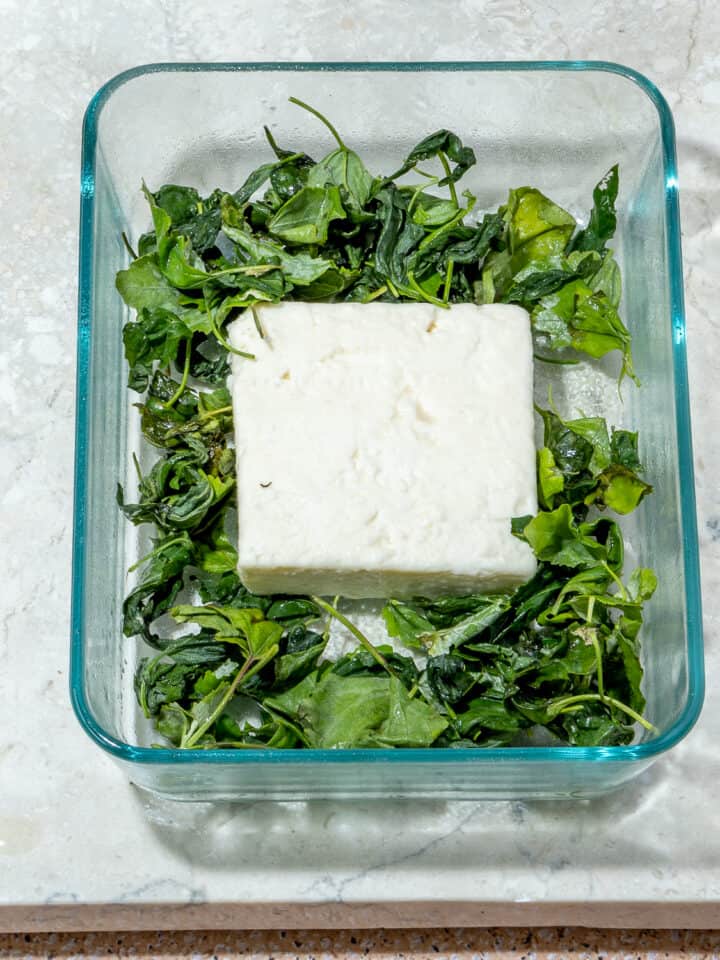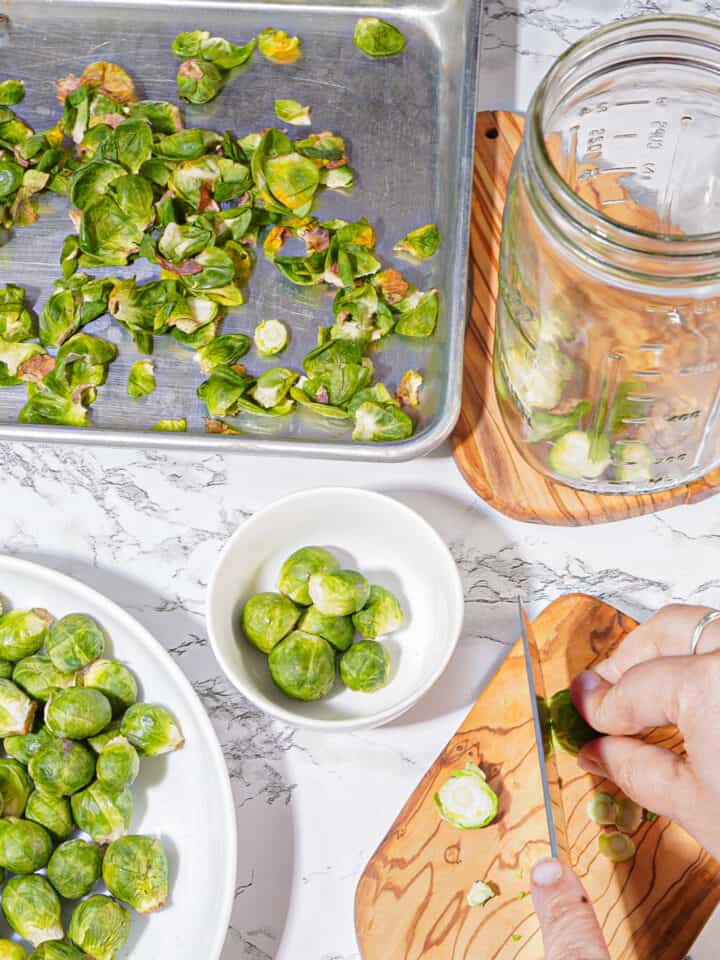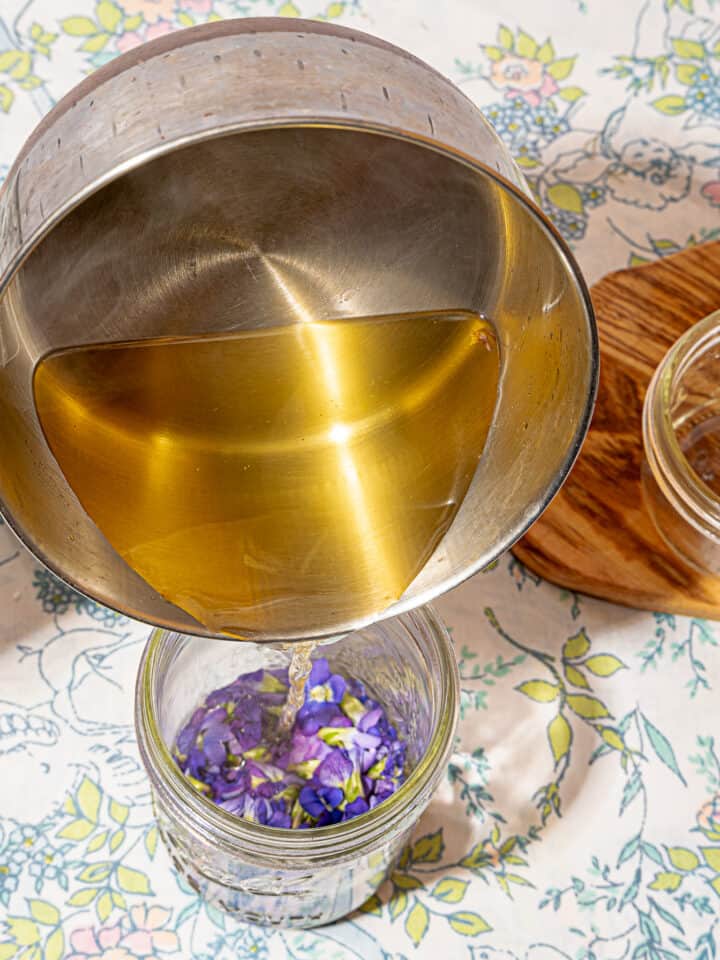Cheese-making results in a nutritious, enjoyable, and satisfying product. Cheese making is a respected skill withstood the flavorful test of time.

Before snacking on your next wine and cheese plate, it may be helpful to the consumer to understand what factors are involved in cheese making. Therefore, it is essential to know what cheese consists of, and the process utilized in cheese making and how it works today.
Ingredients Used In Cheese Making

The ingredients that are used in cheese-making include milk and water. Specifically, the milk portion used to create cheese is the curd. The curd is that portion of milk that has turned sour and is white in color. The specific ingredients found within the curd are the fat content of the milk, proteins, and various vitamins and minerals.
Another by-product that is created when the milk sours are whey. The whey is a liquid that is light yellow in color.
Cheese Making Process
The actual cheese-making process begins with the gathering of the curd. This curd is then pressed into cheese moulds. Once the curd has been compacted into the moulds the moulds are immersed into a briny solution. A briny solution is defined as water that is highly saturated with salt.
Immersing the cheese moulds into the briny solution is a process that lasts for several days. The cheese in transition is stored following this step in the cheese-making process. This aging process allows the cheese to reach its full flavorful potential.
Cheese Making Today
Today, cheese artisans mass-produced cheese making at creameries and in small batches. Wisconsin is one of the US's leading states for dairy farms and has over 600 kinds of cheese available!
The process is the same because this is a regulated industry. However, there are a few caveats. Some of these variances include the fact that modern-day creameries utilize milk that has been pasteurized.
In addition, the fat content of the cheese produced on a farm may vary from that of cheese produced in a creamery. This is because cheese making at a creamery is standardized, which results in the fat content of the cheese being uniform.
In addition to the cheese-making variances between a farm and a creamery are the differences in the types of cheese produced. For example, some cheeses have a higher fat content and are specifically made that way.
Edam cheese, made from milk in which the fat has been skimmed out, has a fat content of forty percent. While other cheese, such as Gouda cheese, may have a fat content of forty-eight percent or higher. Different low-fat cheeses may have a fat content of twenty percent.
Many cheese producers have found that they should make their information readily available to retain customer loyalty to their brand. One of the little-known cheese facts is the fact that the female cows that are used for cheese production do have horns.
These horns are then later removed to help the cow prevent hurting itself. These businesses have discovered that while the cows wander around grazing, the risk for injury is just too great, so to avoid that possibility, they are removed.






Comments
No Comments